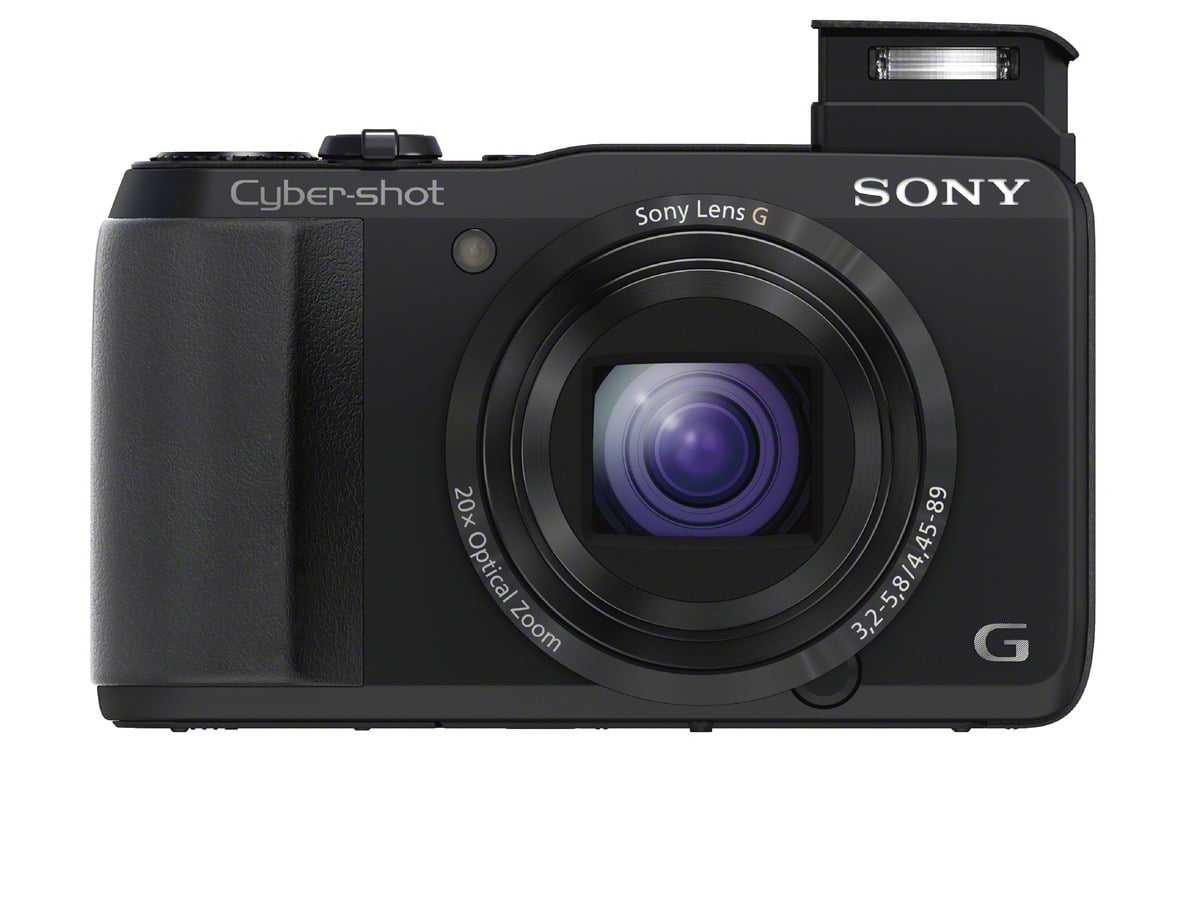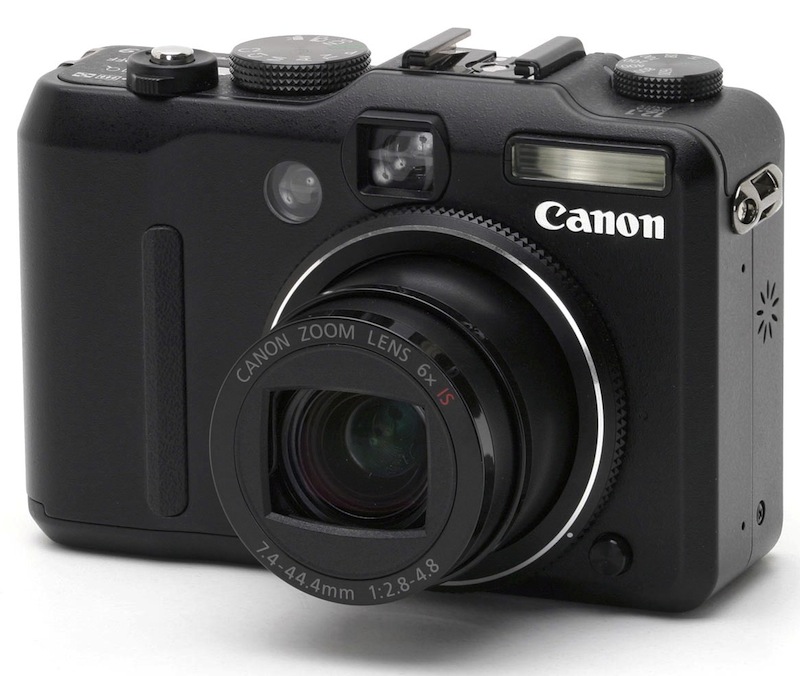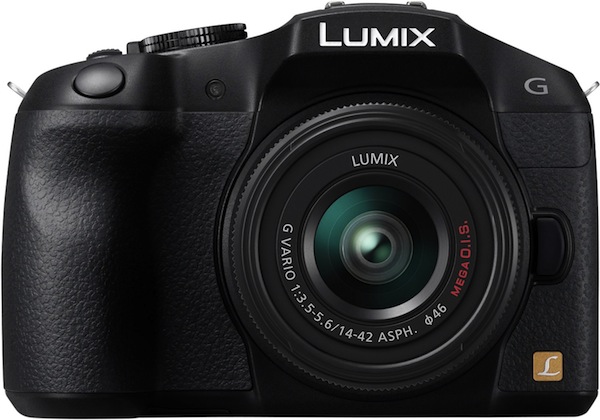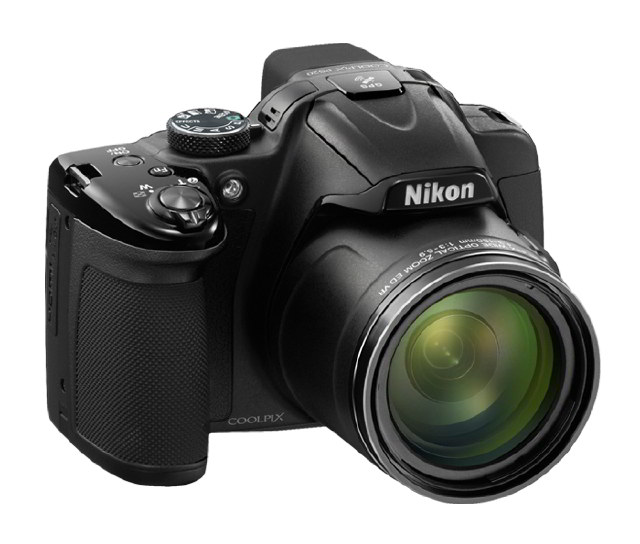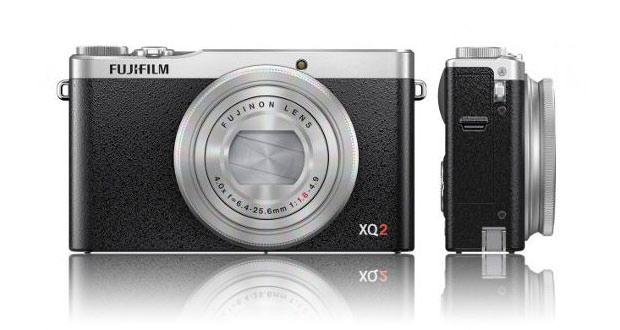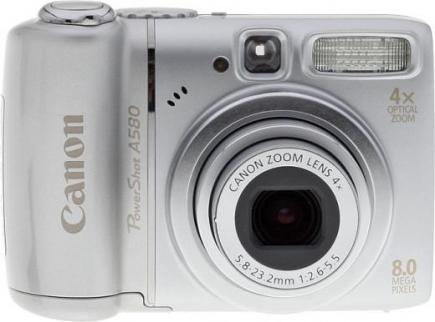Fujifilm X-M1: Review
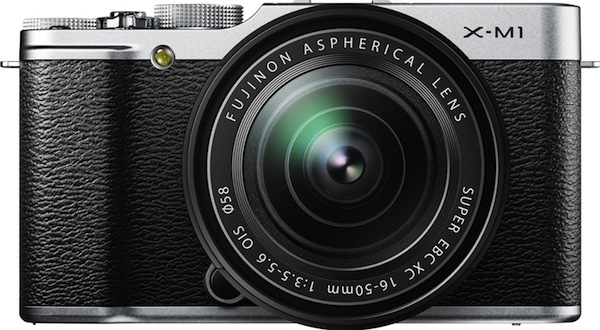
The Fujifilm has entered the market with the mirrorless Fujifilm X-Pro1, a camera, thanks to its revolutionary hybrid viewfinder, but that has won many customers, especially thanks to the high-quality image. The only flaws of this camera are measures, slightly abundant and therefore, contrary to the ideal of unity that underlies the emergence of mirrorless.
Already with the Fujifilm X-E1 things have improved. They say good-bye to the hybrid viewfinder in favor of a classic electronic viewfinder, but it adds built-in flash while cutting off several inches and ounces. But only with the Fujifilm X-M1 you cannot really talk about compactness, thanks to measures actually contained. At the expense of this time is the viewfinder, completely absent, unfortunately, as an optional accessory.
Table of Contents
Fujifilm X-M1: Design
The Fujifilm X-M1 is holding quite well. For me, I have big hands, there is some difficulty, since little finger and ring finger have no foothold. But it is normal in a camera that looks just like the more compact and lightweight of the catalog mirrorless Fujifilm.
But I think you could find a better solution with a base of the thumb. Being small and close to the keys, it’s easy to press the latter by mistake. Not so much the button for playback and one for recording videos, which are cashed in, because the trash button / AF / up, so that being projected is easily activated by mistake. Great monitor, 90 ° tilt of both upwards and downwards.
Just a shame that it is not hinged so you can turn forward: It, therefore, does not help in the classic self-portraits. Also excellent built-in flash: his articulation is useful both to avoid red eye’s thanks to the raised position, is to point the flash towards the ceiling resulting in softer lighting. In the latter case, just use the index finger of his left hand to push back the lower part of the articulation of the flash.
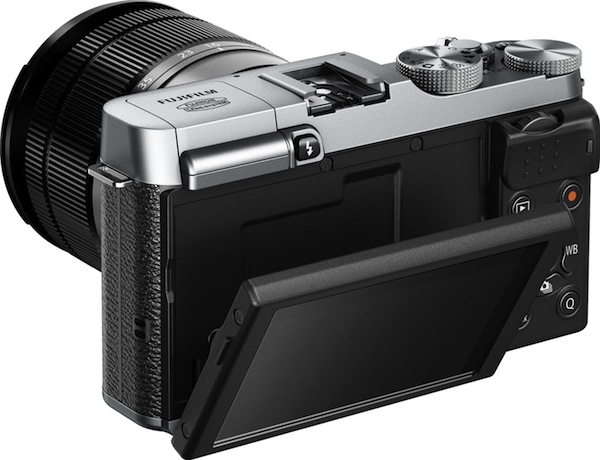
As in other compact cameras here too we find the tripod socket to offset from the optical and near the door of the battery and memory card: if you’re using the camera on a tripod so a little uncomfortable substitute for just the battery or memory card. The supplied lens, the Fujinon Super EBC XC 16-50mm 1:3.5-5.6 OIS performs very well.
Fast enough in focus, quiet and sharp even at a full aperture. I was not convinced the attachment system instead of the hood: it is often difficult to align properly, despite the catch points are well highlighted. In addition, the overall size affects the compactness of the camera: in my opinion, the ideal companion of the Fujifilm X-M1 is a view like the Fujinon Super EBC XC 27mm 1:2.8.
Fujifilm X-M1: Features and Functionality
The way you use the Fujifilm X-M1 is very similar to that of his older sisters Fujifilm X-E1 and Fujifilm X-M1. The only obvious difference is that exposure time, aperture and compensation are controlled by multi-function dials, or there are no dedicated dials.
To be clear about the ring vertical extent of an inch in aperture priority mode will control the opening, while in shutter, priority controlled the shutter speed. Instead, the dial next to the shutter button controls the compensation unless you are in manual mode, where will control the shutter speed?
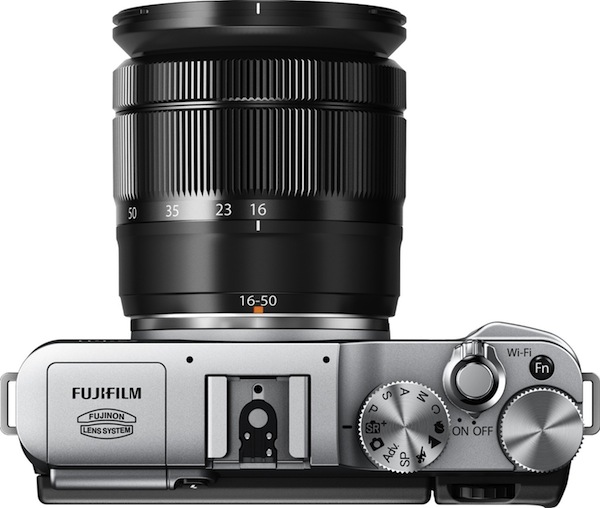
For the rest auto focus, white balance and metering works very well. Great Auto ISO, where we can choose the minimum and maximum sensitivity and minimum shutter speed. I was disappointed that the choice of type of metering is not accessible either directly from the keys or through the quick menu, then you must necessarily pass through the menu.
Well implemented instead the focus manually with the dial that allows you to switch from 10cm to infinity in a 1/4 turn with the focus peaking, and it helps to have a clear visual feedback of the correct focusing. I also liked the custom shooting modes associated with the letter ” C ” on the ring nut: easy then restore with a single gesture a number of previously saved settings.
Finally, a detail which lately is becoming the applicant. I once again came across with the same problem working with the flash in the room pose. As soon as you half-press the shutter button the monitor creates a preview of the result that we would go to get, so if we set 1/160s f / 5.6 ISO 200 with only the pilot lights lit, the result will be a beautiful screen black. Really problematic then recompose or go to check if the focus was properly hooked.
Conclusion
Who buys a mirrorless compact and lightweight look? That is the one offering the Fujifilm X-M1. It certainly asks some sacrifices, like the inability to have a viewfinder also optional. But it does not sacrifice the most important asset: the image quality. If we accepted a council aesthetic buy, it in the livery with the top cap silver gives it that vintage touch that always has its charm.
Where to Buy Fujifilm X-M1


- 16.3 MP APS-C X-Trans CMOS sensor
- ISO 200-6400 (expandable to to 12800 and 24600)
- 1080/30fps HD video (.MOV/H.264)
- 49-point AF
- Up to 5.6 FPS continuous shooting
Overall
PROS : Compact and lightweight body, Flash with swivel useful to avoid red-eye and to create indirect lighting, Image quality.
CONS : Buttons next to the support of the thumb, System for attaching the lens hood lens 18-55mm., Choice metering mode hidden in the menu.Product prices and availability are subject to change. Any price and availablility information displayed on Amazon at the time of purchase will apply to the purchase of any products.


